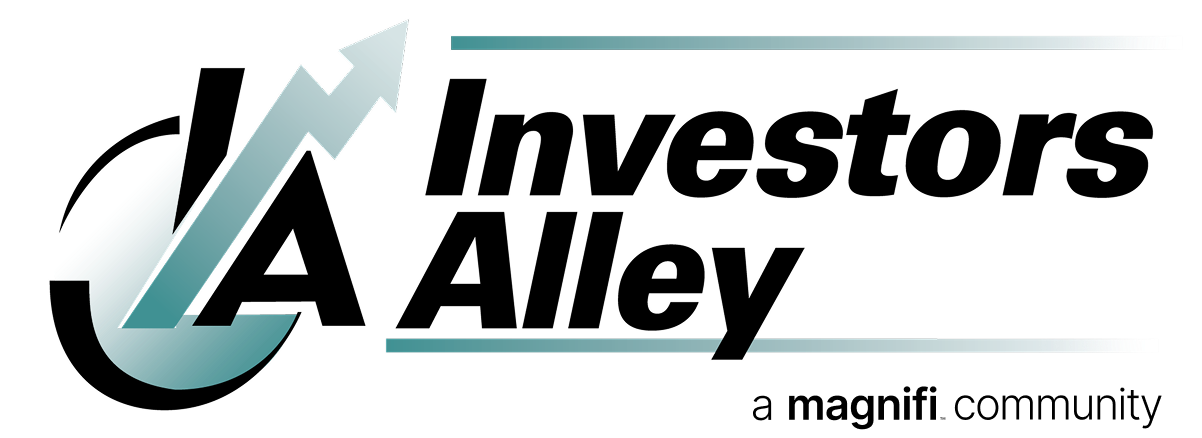
I can tell from the emails I receive that there’s a wide range of investing experience among subscribers to The Dividend Hunter.
But even the most experienced investors have trouble understanding the ins and outs of dividend investing. One question I get asked most often: When do you actually see the cash in your brokerage account after companies announce dividends?
I’m Tim Plaehn and I made you a promise. I promised you that in only 4 days you’d learn step-by-step how to set up an account that will throw off massive amounts of passive income for life.
And I intend to keep that promise…
So here’s a quick primer on everything you need to keep track of exactly when your income stocks will pay dividends.
Dividend Announcements
First of all, ongoing dividends from any company are never guaranteed. The company’s Board of Directors review the financial results of the business each quarter and then announce whether there will be a dividend and when it will be paid. Monthly dividend stocks may or may not announce payments for the next three months. But each new dividend announcement will include at least three pieces of information:
- The amount of the dividend payment per share.
- The record date.
- The payable or payment date.
The announcement may also include an ex-dividend date, but it is not required. The ex-dividend is determined from the record date.
Shareholder of Record
You’re entitled to and will receive a dividend payment if you are a shareholder of record on the record date. To be an owner of record, you must have purchased the shares with a trade that settled on or before the record date.
Settlement is simply the period of time it takes for a stock trade to become official. When you buy shares through your brokerage account, the trade officially settles two business days later.
The two days are to give you time to get the money to your broker and the seller to deliver the shares. In the modern world, the transactions happen electronically, and your broker shows results in your account almost immediately.
Yet, under SEC rules, you are not officially a share owner until two business days after you get a filled buy order in your brokerage account. Business days are the days the stock exchange is open for trading. When counting back from the record date, don’t count holidays and weekends.
What Does Ex-Dividend Mean?
We know it takes two business days for a stock purchase to settle. So if you buy shares one business day before the record date you won’t become a shareholder of record until one day after the record date and you won’t receive the dividend!
A stock goes “ex-dividend” one business day before an announced dividend record date.
What does that mean?
If you buy shares the day before the ex-dividend date (two days before the record date) and sell on the ex-dividend date, you’ll still be a shareholder on the record date and earn the dividend!
But here’s the thing…
On the ex-dividend date, the share price is adjusted by, and usually starts trading at the previous closing price minus the dividend amount.
For example, if a stock closed at $25.00 the day before the ex-dividend day and a $1.00 dividend was declared, the stock will open on the ex-dividend date at $24.00 per share. The financial websites won’t show any change in share price.
The share price drop aims to keep traders from trading in and out of the stock solely to get the dividend.
I personally like to buy shares after a stock goes ex-dividend. It just feels like a deal to purchase shares at the lower price.
When Do You Get the Money?
Dividend announcements come in news releases or are included in a quarterly earnings press release.
Dividend paying companies transfer the money to your broker on the payment date listed in the dividend announcement. Your brokerage account may show the deposit on the declared payment date or one day after the payment date.
Typically, the timing starts with a dividend announcement, then the ex-dividend and record date a couple of weeks later, and the payment after another two weeks. So it takes about a month between the dividend announcement and when the cash distribution lands in your brokerage account.
This is just the average though and the spread between dates can vary significantly. One of our long term Dividend Hunter portfolio stocks announces a dividend up to seven weeks before the ex-dividend date.
Meanwhile, another portfolio stock – one that happens to be one of my favorites for high-yield investors – pays the dividend a full month after the record date.
As you can see, the timing of dividend payments varies from company to company.
But once you start the process of building your long term income portfolio, you can use a dividend announcement to track exactly when you’ll receive the cash in your account.
And seeing cold, hard cash hit your account for the first time tells you you’re well on the road to being a successful Dividend Hunter.
